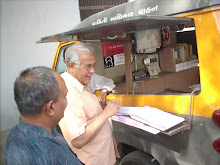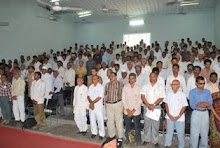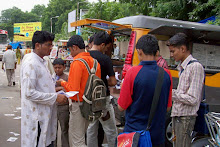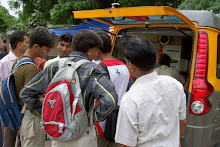Times
of India: Agra: Sunday, August 23, 2015.
After
allegations from UP tourism department that tickets were being resold by ASI
staff because of which though tourists numbers were increasing revenues were
not, director general of UP tourism had written to the Union ministry alleging
discrepancies in statistics maintained by ASI. Replying to an RTI query filed
by TOI, the ministry said, "No substance was found in the
allegation." The report has been further sent to Central Vigilance
Commission.
In January,
TOI had reported about waning inflow of foreign tourists to the Taj. Soon after
the report, the UP tourism conducted a random sampling of visitors at the
monument, and concluded that the numbers, in fact, had increased by a whopping
28% in 2014.
In contrast,
ASI had said there was a 4.5% dip in foreigners visiting the 17 century
monument the same year. The data compiled by the ASI revealed that 7.9 lakh
foreigners took a trip to the Mughal-era monument in 2012. Footfall tumbled to
7.4 lakh in 2013, and 7.06 lakh in 2014.
Determination
of tourist inflow is based on the numbers of tickets sold at the counter. The
department's assessment concluded that the decline in number of tickets sold
was because some ASI employees were illegally selling Taj entry tickets
multiple times for their personal profit.
The state
tourism department made such allegations based on a random sampling survey
conducted by them over a period of 18 days in December 2014 and January 2015.
They tallied the data and compared them with the corresponding ASI figures,
which found that there were 900 less tickets sold per day on an average in
2014.
Subsequently,
director general of UP tourism, Amrit Abhijat, informed the Union ministry
about the discrepancy in the record maintained by ASI, which prompted an
investigation by the cultural joint secretary. The allegations sparked a war of
words between the two departments, and also raised question marks on the
integrity of ASI officials.
Rebutting the
findings, the ASI dismissed the methodology used by the state department for
their random sampling, saying only a few men were deputed to do the headcount.
They also said the time period of the sample survey was too less to assert
inconsistencies in their report.














































































